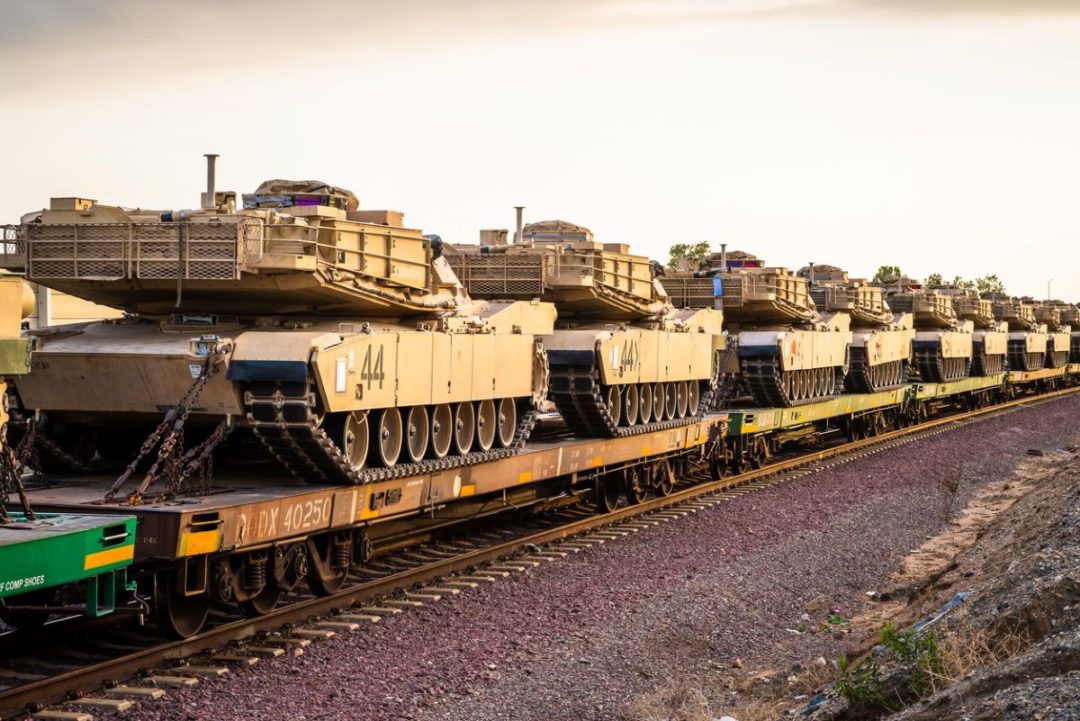
Military operations have always had an urgency to their supply-line management, something that has not always been present in commerce. For the past 40 years, the just-in-time (JIT) delivery model worked for commerce. Businesses that adopted this model could run lean supply chains because they could predict supply and demand reliably.
The arrival of e-commerce, however, changed consumer expectations surrounding delivery times, and put pressure on JIT supply lines. The COVID-19 pandemic only added to the problem, While commerce still doesn't have the same urgency that fuels military missions, the military supply chain model can offer guidance to companies that want to remain operational and profitable during times of upheaval. Following are some tips.
Get mission-critical about supply chains. In the military, the mission is everything and must be achieved, at all costs. For businesses, it’s to deliver the products and services customers want, when they want them. The fate of nations isn’t in the balance, but companies that don’t achieve this mission will lose customers who can easily buy elsewhere.
Today’s buyers don’t have patience for delays and quickly look for alternatives. Any business that can’t deliver in a reasonable time fails its buyers and its mission.
Add efficiency and redundancy into the supply chain. Under the JIT model, businesses worked with fewer suppliers because doing so was more cost-effective. Every supplier in the supply chain comes with transactional costs. Since supply was predictable, it didn’t make sense to incur the costs associated with multiple suppliers, even as a backup.
Now that access to inventory is more difficult, manufacturers and businesses need to diversify supply sources to minimize the impact of any one failure point. The concentration of manufacturing to a few regions, especially the manufacturing of critical components such as computer chips, recently created a very large single point of failure.
Companies need to build redundancies into their supply chain so they can shift tactical execution smoothly without jeopardizing the mission. Creating contingency plans before a supply chain failure occurs lessens the negative impact when one actually does. It’s crucial, however, that the redundancies and contingency planning are cost- efficient, or the added costs will burden the bottom line.
In the military, efficiency takes center stage. Avoiding redundancies and creating contingency plans mean exerting the exact amount of effort required by the mission — and no more. If a bridge is blown up, the contingency plan doesn't call for the Army to take a 100-mile detour to get where it needs to go. That’s not an efficient redundancy that supports the mission. Instead, the military would send in Army engineers to rebuild the bridge. In other words, they have an alternative bridge supplier.
Companies can’t commit unlimited resources to adding countless redundancies into every supply chain. Buying warehouse space in numerous states or regions large enough to house a six months’ supply of parts isn’t an efficient contingency plan. Instead, companies should diversify their sources for critical components to create a backup route. They also must identify their alternatives before the alternatives are needed, so they don’t take on the risk of overstocking.
Get senior leadership involved. Supply chain management traditionally was the province of middle management. While supply challenges existed under the JIT model, the overall global supply chain was running efficiently. That allowed middle managers to adjust as needed without hampering operations.
In the military, senior leadership always watches supply chains closely. Because of the urgency attached to the supply chain, senior military leaders demand transparency into supply chain conditions to ensure that the teams on the ground have what they need to execute their mission.
Senior business management needs that transparency now as well. The consequences to the business of poor supply chain management are amplified today.
Advanced supply chain technology gives senior leadership the visibility they need. It allows them to see exactly where parts and products are in the supply chain and identifies potential supply problems. With this visibility, senior leaders can pro-actively direct resources and kick off contingency plans to contain the fallout from a failure point.
Start thinking about backward integration. No military enters a theater without a plan for moving people and equipment back from the field. But such backward logistics weren’t an important part of the commercial supply chain before e-commerce. They’re crucial now, however, to meeting consumers' expectations of a positive purchase experience and managing business costs.
Consumers demand protection when shopping online to purchase items that they don't get to hold in their hands before buying. For many people, the online shopping model is buying 10 items with the expectation they’ll return the eight they don’t want. For this reason, companies need a logistics infrastructure and return policies that provide their customers and their business with a smooth backward integration.
For the military, the costs of backward integration aren’t the priority; leaving no one behind is. The opposite is true for commercial businesses. An important part of building a commercial backward logistics infrastructure is calculating when the delivery, storage, and turnaround costs for an item don’t justify requiring its return. In those cases, the business should bear the cost of the refund rather than lose more money to get the product back.
Think creatively about supply chains. Businesses that want to weather the current chaos and emerge healthy need to imbue their supply chains with a mission-critical approach. New urgencies require new approaches. During World War II, the Allies couldn’t have executed Operation Overload without the advent of the Higgins Boat, which gave them flexibility regarding where to land in Normandy. The crisis of the moment and realities on the ground forced the Allies to build an entirely new way to move soldiers and equipment.
Businesses aren’t facing the same urgency as the Allies. Yet, they are confronting a new urgency in supply chain management. The forces that push business towards faster and more transparent supply chains are accelerating as a result of external political and economic factors. Companies that seek longevity protection must find new ways to keep their promise of timely delivery of quality products.
Colonel Vikas Gupta (Retired) has 22 years of military experience, and has led supply chain and logistics in the world’s most challenging terrain across the Himalayas. He is currently working as a senior vendor manager for Amazon.com.







